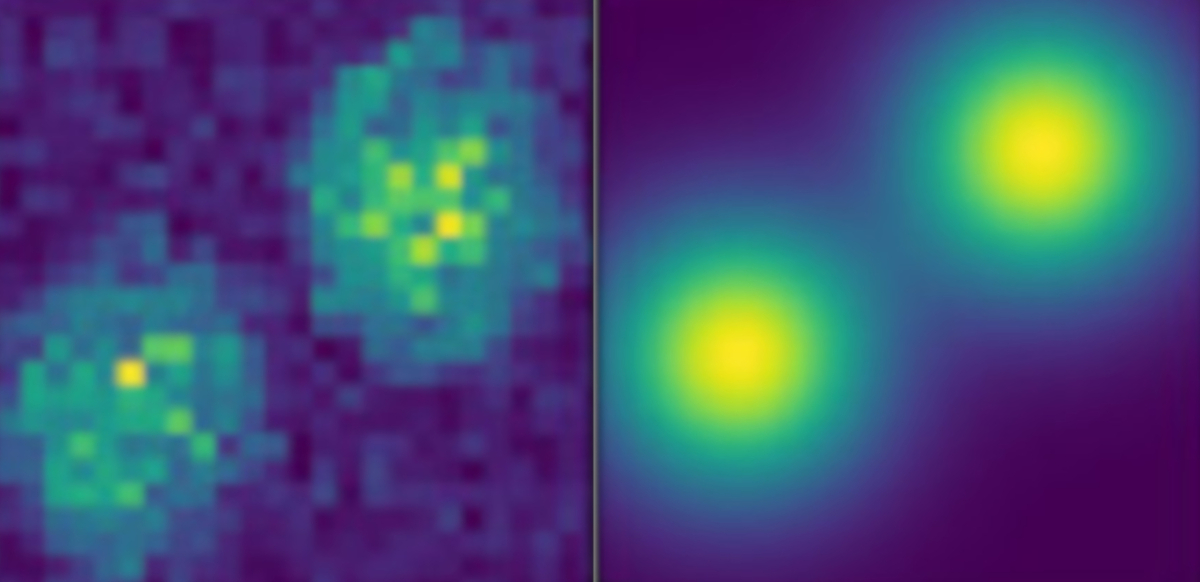Irvine, Calif., Feb. 14, 2024 — A research team led by the University of California, Irvine has created 20 new recombinant rabies viral vectors for neural circuit mapping that offer a range of significant advantages over existing tools, including the ability to detect microstructural changes in models of aging and Alzheimer’s disease brain neurons.
Tag: Organelles
Does Form Follow Function? Johns Hopkins Medicine Researchers Advance Understanding of Why Cell Parts Look the Way They Do
Scientists have long understood that parts of cells, called organelles, evolved to have certain shapes and sizes because their forms are closely related to how they function.
Organelles grow in random bursts
New experiments that show that eukaryotic cells can robustly control average fluctuations in organelle size. By demonstrating that organelle sizes obey a universal scaling relationship that the scientists predict theoretically, their new framework suggests that organelles grow in random bursts from a limiting pool of building blocks.
Food Science Meets Cell Science in Bid to Explain Inner Workings of Membrane-Free Cell Compartments
Johns Hopkins Medicine researchers report that food science principles have helped them determine how unusual droplets within cells stay organized and avoid dissolving into the rest of the cell’s gelatinous interior.

Shine On: Avalanching Nanoparticles Break Barriers to Imaging Cells in Real Time
A team of researchers co-led by Berkeley Lab and Columbia University has developed a new material called avalanching nanoparticles that, when used as a microscopic probe, offers a simpler approach to taking high-resolution, real-time snapshots of a cell’s inner workings at the nanoscale.